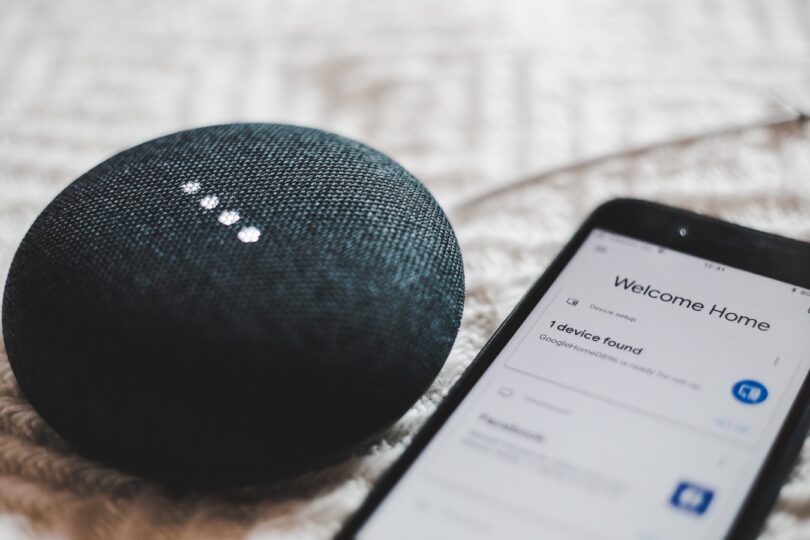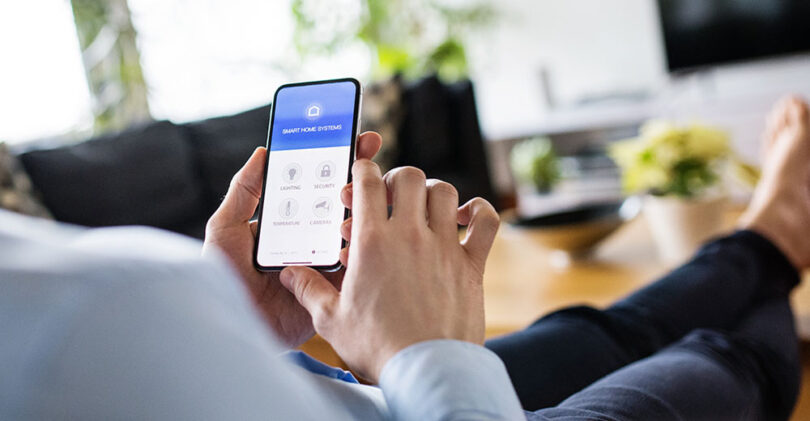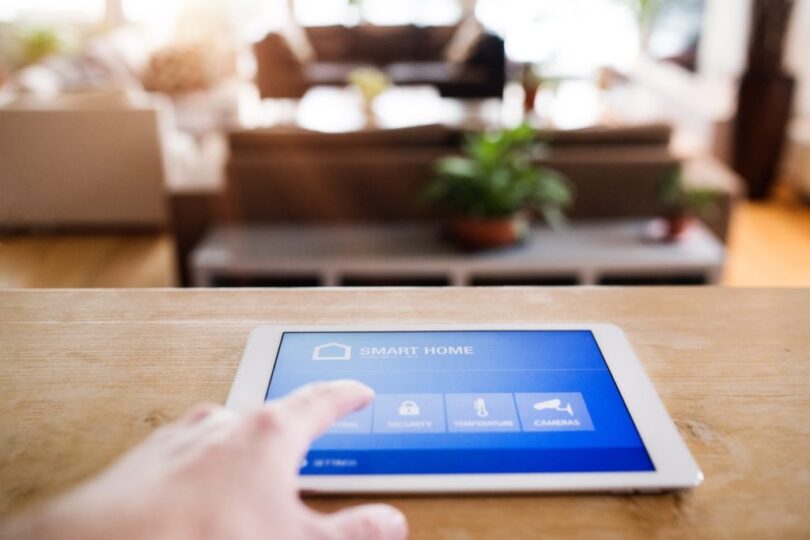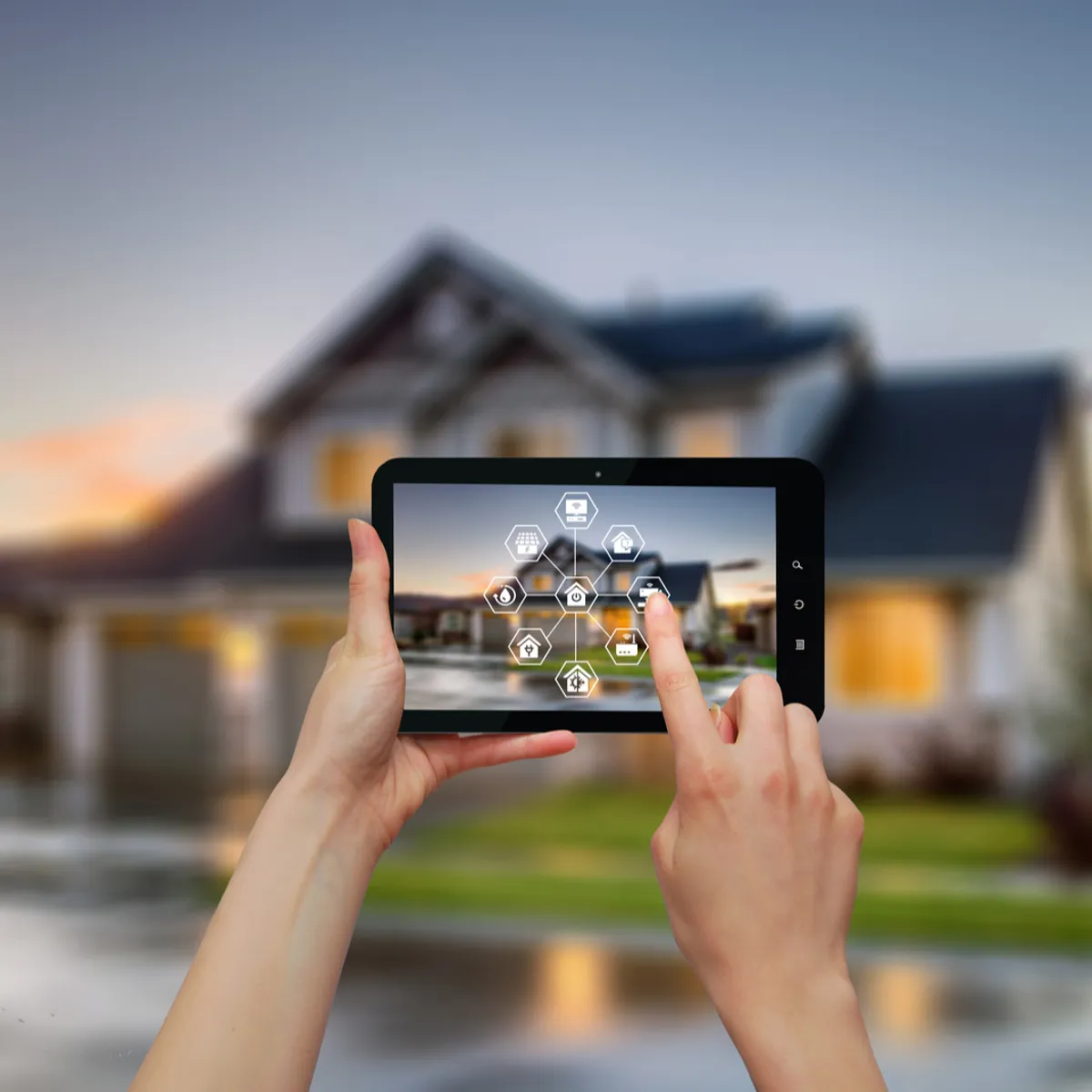The early days of home automation were characterized by individual devices that operated in isolation. Plenty of such devices is still available. However, product integration has become a greater priority as home automation has progressed. And the more people focus their efforts on product integration, the more they realize its ability to maximize the benefits of the home automation concept.
For this post, product integration is the practice of setting up a home automation system so that multiple devices can be utilized together for maximum effect. Implementing product integration requires a bit of planning. It also requires an understanding of the fact that some products just will not integrate with others no matter how hard you try to make them work.
Two Integration Approaches

There are two ways to approach product integration for home automation. The first is to start with an out-of-the-box system that offers integration built-in.
In a recent blog post highlighting how Vivint hardware and software integrate with products from other brands, the company specifically discussed smart speakers from Google and Amazon along with Nest thermostats.
The other approach is the piecemeal approach. It is more difficult to pull off, but it can be done if you know what to look for when you’re shopping for devices. The Google Home smart speaker is often chosen as the foundation for the piecemeal approach. Why? Because device manufacturers are more than happy to design their products to work with Google Home.
Integrations Many Possibilities
Beyond the two different approaches to product integration, the possibilities of doing so are many and varied. The scope of home automation is such that it might be best to start with one integration goal and then build from there. For illustration, consider integrating smart lighting with a smart speaker.
You can buy any number of smart lighting devices with companion mobile apps. You can use those mobile apps to turn your lights on and off remotely. You can also program your lights, create lighting scenes, etc. How would you integrate that with a smart speaker?
A smart speaker should let you do all the same things you can do with your app, but with your voice instead of your phone. Let us say you program a lighting scene for illuminating the house first thing in the morning. Give that scene a name. Then, with a smart speaker in your bedroom, you can simply issue the command to deploy that lighting scene and the equipment takes care of the rest.
Integration for Cascading Events

Controlling smart lighting with your voice is one of the more basic examples of home automation product integration. Needless to say, integration can be much more complex. A case in point is setting up a program that relies on integration to facilitate a series of cascading events.
Let’s say you have trouble getting out the door in the morning without forgetting something. The last thing you need is to have to run around the house turning off lights, locking doors, etc. No worries with home automation product integration. Just establish a command to do all of that for you.
You could program your system so that activating your alarm also turns off all the lights, turns down your thermostat, and locks your doors. All you have to do is arm your system with your phone as you are getting into the car. Doing so triggers those cascading events that shut down your home and button it up tightly.
Setting up cascading events takes a bit of home automation knowledge. If you have never programmed a home automation device before, you aren’t going to get a complete program set up and running in five minutes. You have to learn a few things first. But once you know exactly how your system functions, programming cascading events will become second nature.
Integration with Geolocation
One of the more recent developments in home automation is the introduction of geolocation integration. Geolocation functionality is built into every smartphone these days. As such, companies are taking advantage of it.
To integrate geolocation, you set up something known as a geo-fence. A geo-fence is essentially a digital perimeter around your home, a perimeter that can be mapped by your smartphone. With a geo-fence established, you can program your home automation system to perform certain actions based on your position.
In the previous example, you would use your smartphone to arm your security system and trigger the rest of the events in your program. But with geolocation integration, you do not have to do even that much. You just get in your car and head off to work. When your smartphone recognizes that you have left the prescribed geo-fence area, it automatically sends the command to arm your security system. The rest of the program follows.
You can program your system to reverse all those actions once you re-enter the geo-fence area. By the time you pull into your driveway at the end of the day, your thermostat has been readjusted, your door has been unlocked, and your lights have been turned back on.
Integration with a Central Hub

Tying everything together is integrating all your home automation devices with a central hub that has its mobile app. The point of the central hub is to give you a single point of entry for accessing all your devices. When your hub has a companion mobile app, you expand its functionality beyond the confines of your home. Everything you can do with a hub you can also do with your smartphone.
Non-integrated home automation devices are fantastic in and of themselves. But when you can integrate them across an entire home automation ecosystem, you exponentially maximize their benefits. Product integration does change the game.




